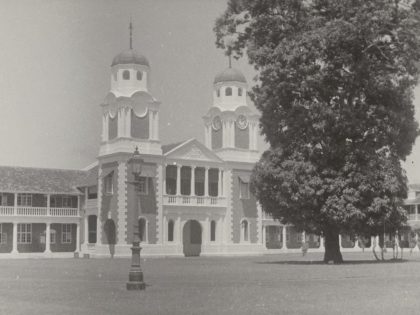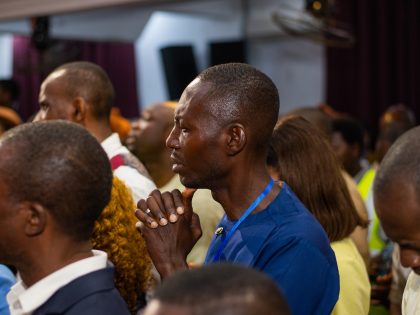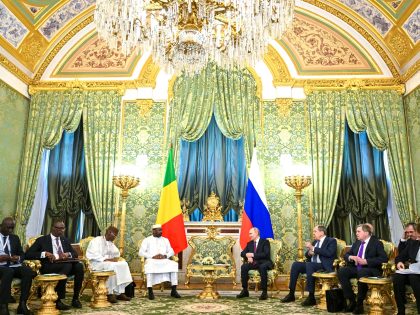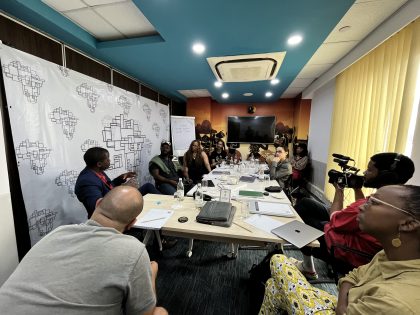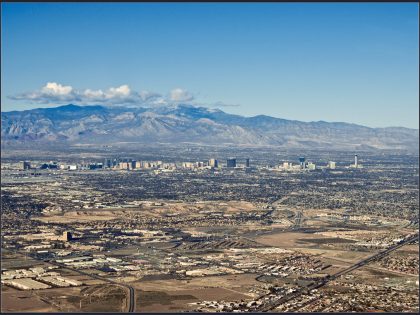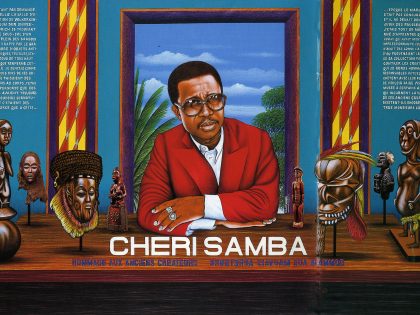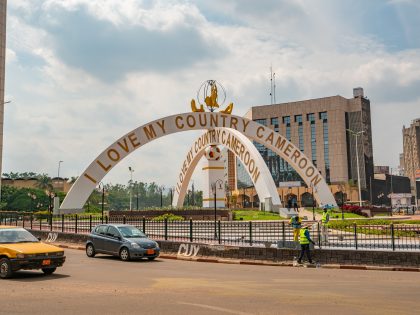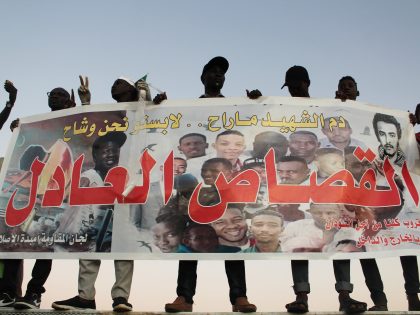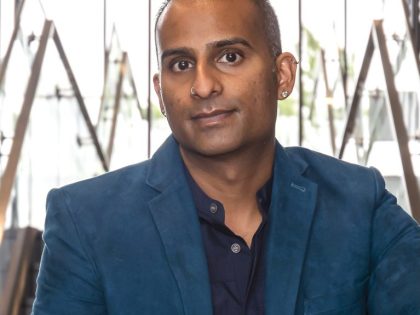Muslim American Slave
Islam first came to North America with slavery, yet no major studio film has centered on the life of a Muslim American slave. Ibn Said's remarkable life could be a start.

Ibn Said, circa 1850 (Beinecke Rare Book & Manuscript Library, Yale University, via Wiki Commons).
Steve McQueen is a talented film director. He won awards for his feature “Hunger” about the death of an Irish political prisoner. His next film “12 Years a Slave” tells the true-life story of Solomon Northop, a free black man from New York City who, after being kidnapped, spends more than a decade on a Southern cotton plantation until he was freed in 1853. (Slavery was abolished in the United States in 1865.) The film is based on a book by the same name. The British-Nigerian actor Chiwetel Ejiofor will play the lead role. McQueen is credited as screenwriter along with John Ridley, whose previous credits include, “Undercover Brother” starring Eddie Griffin.
But back to Northop. Around the same time when Northop’s book came out –actually earlier in 1831 — another book was published: A Muslim American Slave: The Life of Omar Ibn Said. That book was written by Omar Ibn Said, a West African slave in North Carolina. It would become the only American slave narrative written in Arabic. Ibn Said died in 1863. The book was actually commissioned by the American Colonization Society, “… a group that encouraged owners to free their slaves and organized former slaves to colonize what is today Liberia.” The good news is a new translation of Ibn Said’s book, by Ala Alryyes (a literary scholar from Yale University), is out now.
Robert Dameron, in a review of Alryyes’ translation in The Wall Street Journal, writes that it is not surprise that Ibn Said’s book reflects the politics of its time. As he writes, Ibn Said’s memoir “… is not a customary slave narrative and does not follow the prototypical themes—the search for literacy and freedom—made famous by the autobiographies of escaped slaves, including Frederick Douglass. Then again, the manuscript, unlike most slave narratives, was not published to inspire the Northern abolitionist movement. The intended audience was Southern slave owners. Members of the colonization movement hoped to influence planters to free their slaves by showcasing the intellectual talents of men like Ibn Said.”
Ibn Said’s tale, with its sunny portrait of ownership by a kind master, might be viewed skeptically by a modern reader. Yet the very fact that Ibn Said was writing in Arabic … permitted the author to insert subtly subversive elements beneath the nose of his benefactors. Ibn Said made extensive reference to his Muslim heritage, even as he reached for points of commonality between Christianity and Islam to express his faith.
Certain meanings and implications would have only been clear to Muslims. ‘… For instance, Ibn Said begins his text with a full recitation of the Quran’s 67th sura, or chapter, titled al-Mulk (“Dominion”), which discusses God’s absolute ownership of the universe. For a Muslim slave, Sura al-Mulk would probably have had an incendiary meaning: It tacitly rebukes slave owners by stressing mankind’s common subservience to God and promising damnation for those who “persist in arrogance.” With the inclusion of the sura, Mr. Alryyes notes, “Omar seems to refute the right of his owners over him” …”
Ibn Said’s sly hand with Scripture is suggested in other places as well … Ibn Said had little trouble thinking of himself as both Christian and Muslim. In a compelling example of this harmonizing of faiths, Ibn Said writes out, side by side, two classics from each religion’s liturgy: the first brief chapter of the Quran (Sura al-Fatiha, commonly used as a prayer) and the Lord’s Prayer. Placed next to each other, they show striking similarities.
By the way, in a new paper Columbia University’s Hishaam Aidi writes about the long uneasy relationship between the American state and Islam, especially orthodox Islam practiced by African Americans, as far back as Omar Ibn Said.
